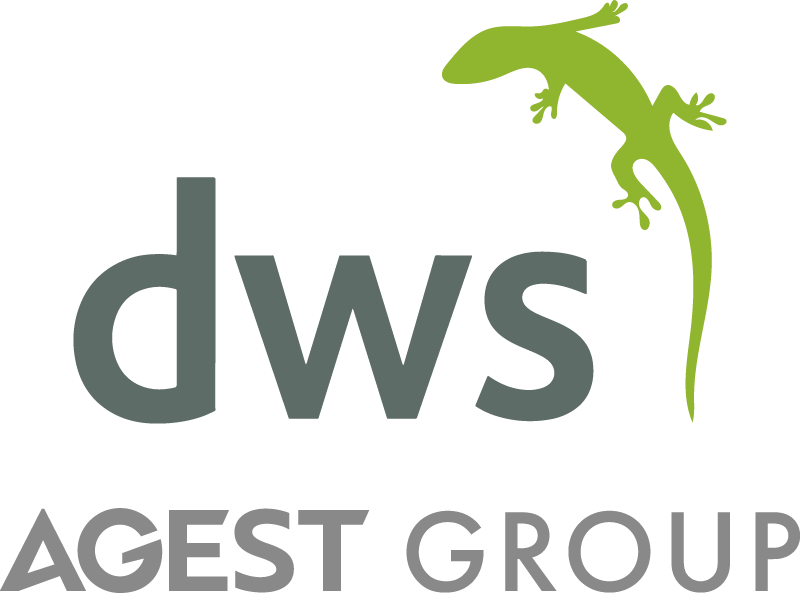By Patrick Neary
Twice in the past month, I have had interesting conversations with partners that introduce our testing products to their customers. Both were bidding for project work, and both reported that their customers were very interested in exploring how to improve the way they would do the functional/regression testing that was going to be part of the projects.
I was not surprised to learn that everyone involved was interested in testing smarter. We have been beating this drum for a long time. For those of us that have been around a while, doing project after project, we know that old-school manual testing really does needs to be consigned to history. The questions that are spawned from knowing this are:
- What do I replace manual functional/regression testing with?
- How do I build a case for its replacement?
Starting with the second question first, you need to think of the business case in terms of the resource you will be freeing up, the time you will be saving and the improvement in the quality of the finished product you will be delivering. You also need to think about the value of the testing assets that you will be creating and the return you will get from those assets as you repeatedly do the same sort of testing during your projects. Nothing new here.
Now for the first question. When you think about replacing the manual testing that you do with something else, in my experience, most people tend to look for tools or products that can make the testing job a lot easier. As they go to market and look for products, they are spoiled for choice. Testing product options abound, with each option having its own strengths and weaknesses. The two things that any option will require if they are to work well are:
- Some level of competence (I am talking about a level of business acumen, application software knowledge and technical skill and capability); and,
- An investment of time (I am talking about the time it takes to get up the learning curve, to create test scripts, and to get good at using the testing tool in anger).
But what do you do if you lack the required competence, or if you do not have the time? When I think about our testing products, this is the question that I keep coming back to when I speak to and explore our partners successes and failures.
Our most successful partners will sell testing services (Testing-as-a-Service) in addition to selling our testing products. They will bring skilled, knowledgeable, and experienced resource into play. And they will craft a testing solution that meets their customers’ specific needs, whilst helping their customers get the most out of the resources the customer commits to testing smarter.
We are seeing customers and prospects thinking about both testing products and testing services to meet their needs. Testing-as-a-Service conversations may not be inevitable. As the products and service providers mature, however, I think we will see companies clearly defining and going to market with testing-as-a-service offerings. The best of these offerings will hopefully be, at least in some part, Dimension Driven!




